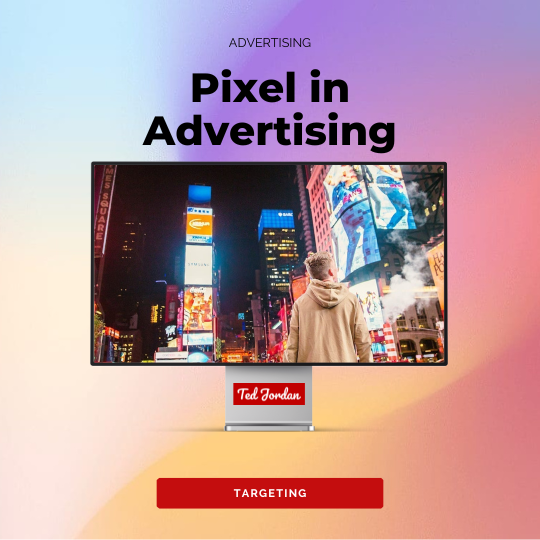Native ads vs display ads: which one is better? How to pick the best ad format for your campaigns? What’s the difference between display and native ads?
Last year, digital display advertising spending in the United States reached 66.1 billions US dollars (source: Statista). With a limited digital advertising budget, some advertisers want to know which format is best for their campaigns. What are the pros and cons of native ads vs display ads?
With the former considered as soft-shell advertising, vs hard shell for the latter, advertisers want to know what is the best type of ads for their digital campaigns.
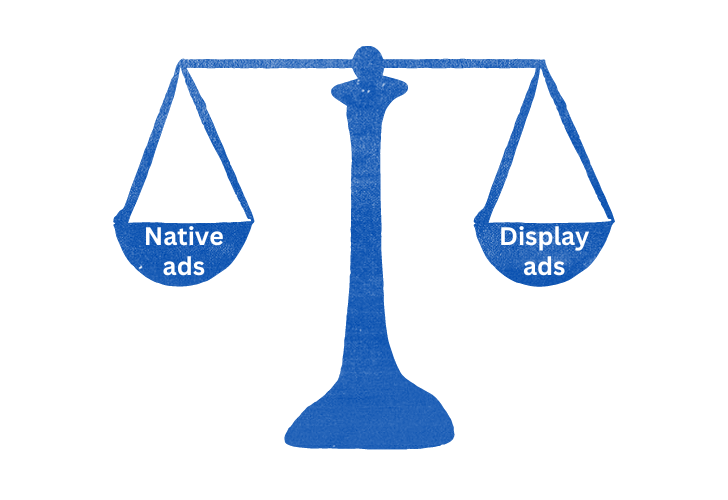
To help them take a decision, Ted Jordan compiled a list of advantages and disadvantages for native ads vs display ads.
Native ads vs display ads
What are native ads?
Native ads are ads that look similar to the page content around them in terms of look and topics. They are often displayed on news aggregator websites such as MSN or Yahoo. Contextual relevancy is key in native advertising.
There are different types of native ads: in-feed ads, sponsored or recommended articles, mail ads, mobile interscrollers, SERP (like Google Search ads), app install ads, etc.
Native ads can display an image or a video, or several images with the carrousel format.
Did you know native ads with no text on the image increase CTR by 13% in the United States?
Source: Taboola
Native ads examples
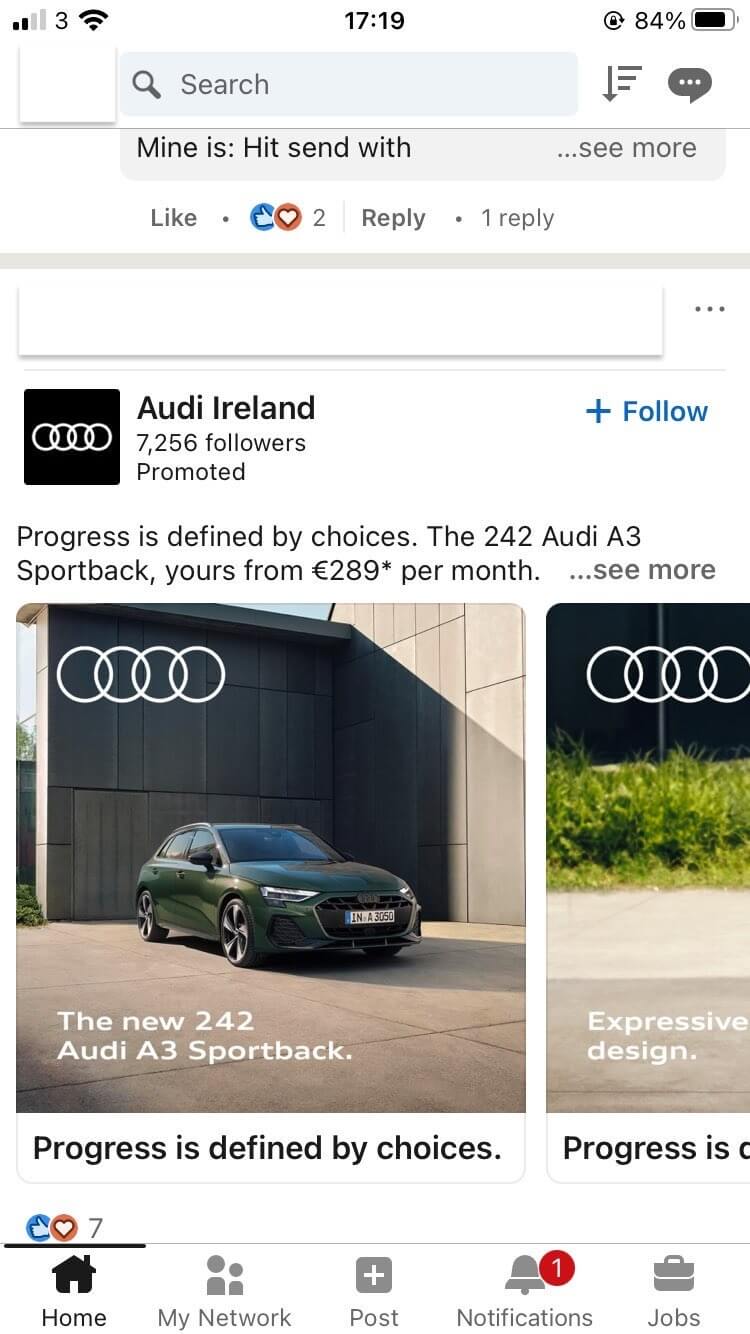

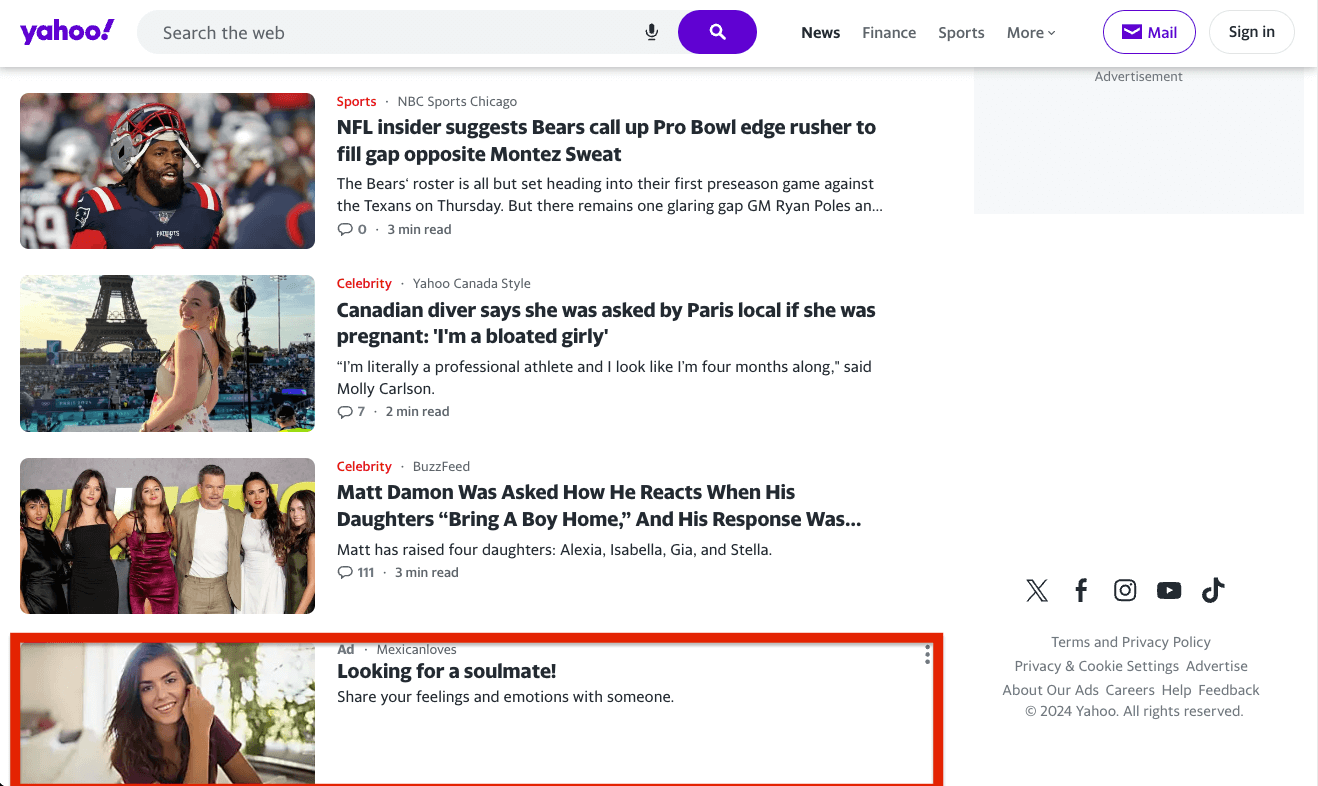
What are display ads?
Display ads, or programmatic display ads, are mostly banners displayed on websites before, after, or between content. They are usually sold on a CPM or fixed-cost models such as CPD.
The different types of display ads include videos, banners of all sizes (MPU, DMPU, mobile leaderboard, desktop leaderboard…) and interstitials. Display ads can include rich media, be static or interactive.
Banner ads vs display ads
Most of the time, we use the term banner ads to talk about display ads. Originally, display ads only referred to banner ads because it was the only available display ad format at the time. Now, the term display ads includes all the display formats mentioned above.
Programmatic display ads examples
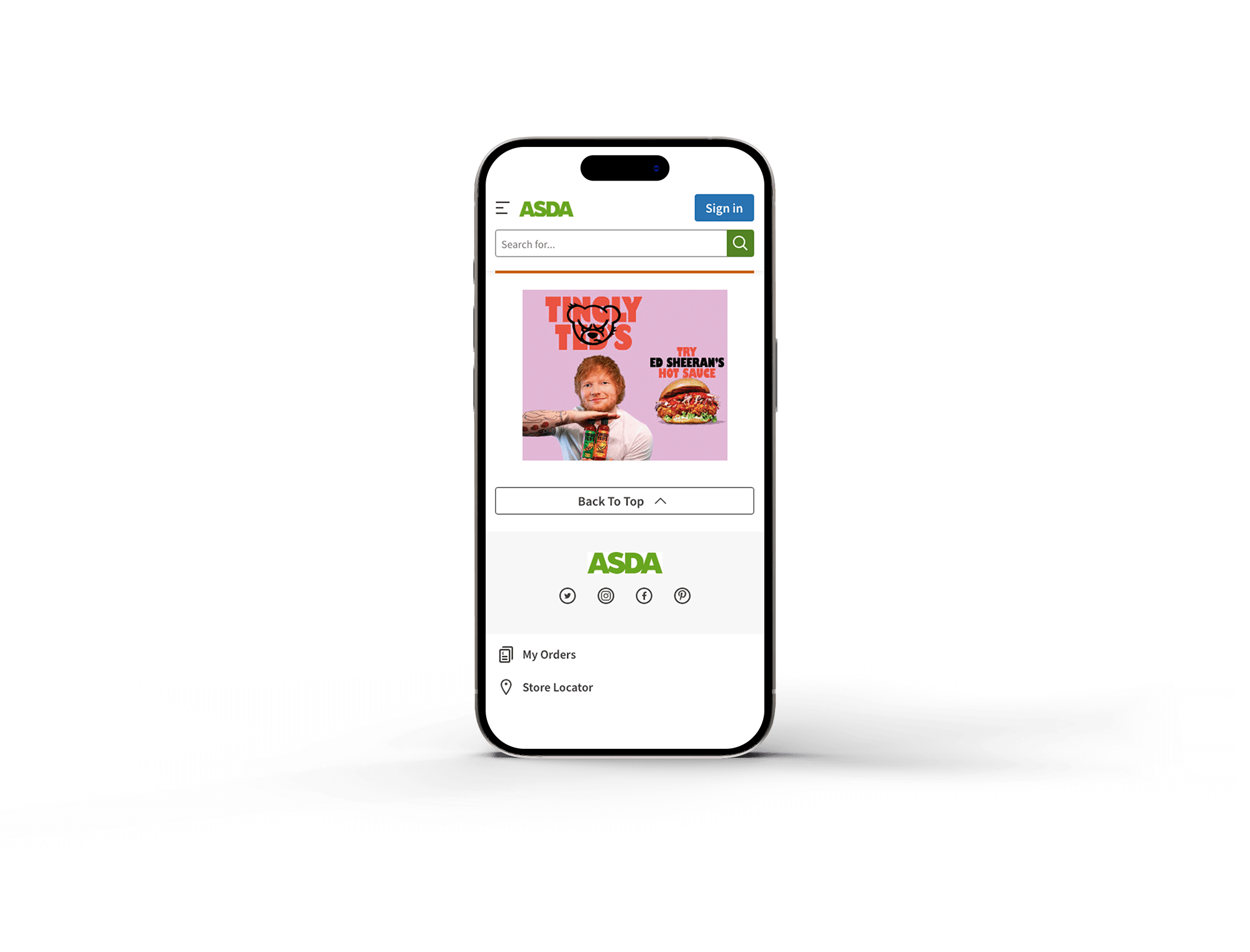



Advantages of Native and Display ads
Native ads vs display ads: both ad formats have their own strengths and weaknesses.
Native advertising advantages
- Non-intrusive advertising: consumed as content by websites’ visitors.
- High engagement rate (average CTR of 0.20%*).
- They don’t look like ads vs display ads: users tend to click on them more easily.
- They blend in easily between publishers’ content.
- Great user experience in general.
Display advertising advantages
- Great for brand awareness: better brand recall vs native ads.
- Capture users’ attention with visual elements.
- Offer more interactive features vs native ads: 3D or VR experiences, games and embedded rich media content.
- Immediate impact on users vs native ads.
- Broad targeting to reach a diverse audience.
- Cohesive branding: a large variety of display ad formats for a brand.
- Higher landing page arrival rate vs native ads.

Disadvantages of native and display advertising
Native advertising – Disadvantages
- Fewer features and ad placement vs display advertising.
- It may be difficult for a brand to find a publisher with similar content: contextual relevance is crucial in native advertising.
- Misleading headlines are often used and can negatively impact a brand’s image.
- Fewer tracking options such as viewability which is not always available.
Display advertising – Disadvantages
- Lower CTR (0.05% on average) vs native ads.
- More difficult to build trust with an audience vs native ads because they look like ads (and they are).
- Some formats are not mobile friendly (for example, billboards).
- Users trained their eyes to ignore banner ads: this is called the banner blindness phenomenon.
*Note that some display formats (such as interstitial ads) may show a higher CTR vs native ads. And some native ads may have a lower CTR than display ads on some devices.
Are native ads better than programmatic banner ads?
Now that you know what native ads vs display ads benefits and disadvantages are, you might wonder which programmatic ad format is the best.
Native ads and display ads can be bought programmatically, on Demand Side Platforms: you can apply high targeting levels to both types of ads. Usually, native ads are more informative vs display ads, but they also work well with performance campaigns.
Pricing also varies depending on ad types, device, market, audience… so one ad format isn’t necessarily cheaper than the other one.
Native ads vs display ads: which format is the best?
Well, these two programmatic ad formats are great… You just need to find out which one is best for your digital campaigns, even more if you have a limited budget.
And who knows, maybe other programmatic formats would be better for your next campaign?
Learn more about programmatic formats and strategies: access our FREE Programmatic Overview Course. You’ll receive access to two videos, for free: What is Programmatic Advertising + How to Set Up a Campaign in Yahoo DSP.
… Or you can hire a programmatic advertising consultant such as Ted Jordan if you prefer.



